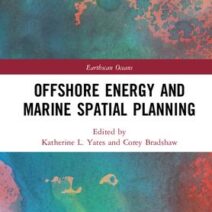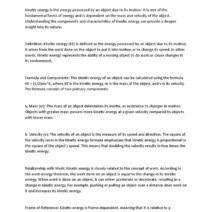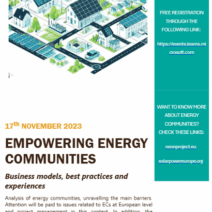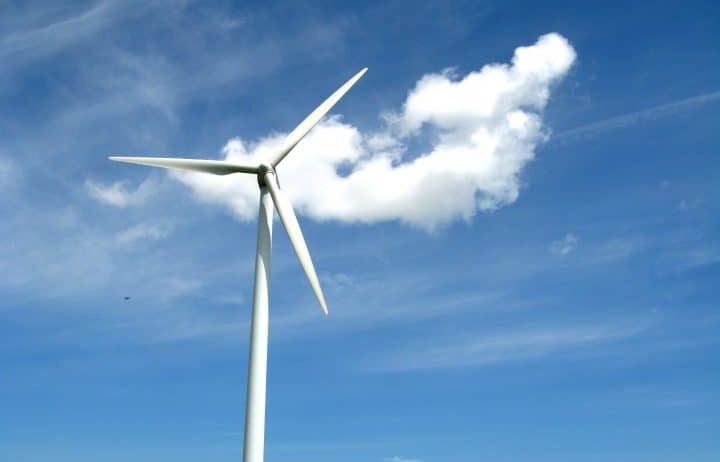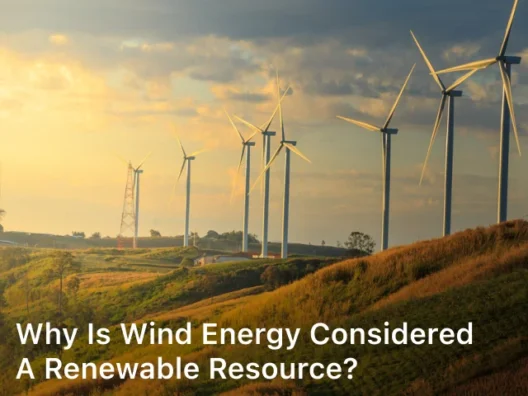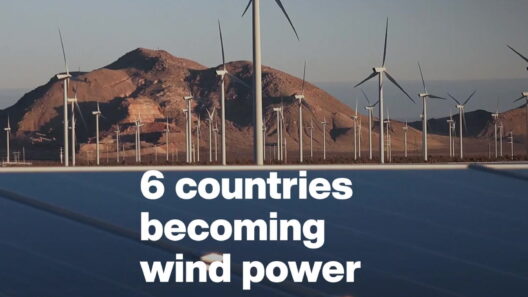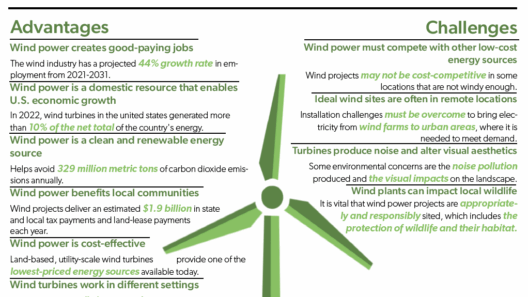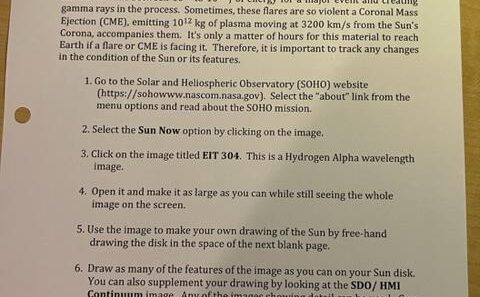Wind energy, a beacon of sustainability, has surged to the forefront of our quest for renewable resources. The mesmerizing dance of wind turbines against the azure sky not only transforms the horizon but also harnesses a potent force of nature. Yet, one might wonder: how much energy does one wind turbine produce? To answer this question, we must embark on an exploration that delves into the intricacies of wind turbine efficiency, performance metrics, and their role in our renewable energy landscape.
Wind turbines are indeed marvels of engineering, standing tall as sentinels that capture kinetic energy from the wind. The productivity of a wind turbine is generally characterized by its capacity, typically measured in megawatts (MW). However, the real story unfolds when we examine the concepts of capacity factor and energy output over time.
Capacity Factor: The Heartbeat of Efficiency
Imagine a heart that beats not continuously but at varying rates, dictated by the energy demands around it. Similarly, a wind turbine operates with a capacity factor, an essential metric that reflects its efficiency over time. The capacity factor is defined as the actual output of a power plant compared to its maximum potential output, expressed as a percentage. For wind turbines, this number typically hovers between 30% to 50%, a figure that significantly diverges depending on several factors.
Several variables influence the capacity factor of a wind turbine, including wind speed, turbine design, and geographical location. Optimal wind conditions can elevate a turbine’s efficiency, whereas calm days can hamper electricity generation, rendering the turbine virtually dormant. Furthermore, the technological prowess embedded in modern wind turbines—blade design, generator efficiency, and material quality—plays a pivotal role in determining energy output.
Beyond blades and gears, the location becomes a crucial player in the performance equation. Turbines sited in coastal or elevated regions typically experience stronger winds, translating to a higher capacity factor than those positioned in less favorable locales.
Annual Production: The Power of One
To comprehend how much energy one wind turbine can produce annually, we must delve into the interplay of technical specifications and environmental conditions. A standard utility-scale wind turbine, rated around 2 to 3 MW, can, under optimal conditions, generate between 4.5 to 12 million kilowatt-hours (kWh) per year. This incredible output is enough to supply electricity to approximately 1,000 to 3,000 homes, fostering a profound impact on local energy consumption and reducing reliance on fossil fuels.
When we juxtapose this with the average American household’s electricity consumption—about 10,000 kWh per year—the numerical magic of a single wind turbine begins to illuminate its potential. A solitary turbine has the capability to empower an entire community, carving a path toward energy independence and sustainability.
The Lifeline of Wind Energy: Turbines in Arrays
While the capabilities of individual turbines are noteworthy, it is essential to recognize their role within larger wind farms. Picture a school of fish, where each fish represents a turbine, moving in coordinated harmony to maximize energy capture. Wind farms, comprising multiple turbines, can optimize total energy production while mitigating challenges posed by variability in wind strength. Collaborative functioning allows these turbines to perform more efficiently as they can capitalize on wind currents from various angles, thus enhancing overall output.
Additionally, advancements in energy storage technologies and smart grid systems are essential for accommodating the variable nature of wind power. Energy storage solutions such as batteries and pumped hydro systems can store excess energy produced during windy periods, ensuring a reliable and steady supply to consumers, even when the wind falters.
Challenges and Future Prospects: Navigating the Windy Terrain
Despite the impressive capabilities of wind turbines, the journey to harnessing this renewable resource is not without hurdles. Factors such as initial capital costs, maintenance, and sometimes opposition from local communities can pose challenges. Furthermore, the intermittent nature of wind can lead to fluctuations in energy supply, necessitating a diversified energy portfolio that includes other renewable sources such as solar and hydroelectric power.
However, the future of wind energy is undeniably bright. Continuous innovations in turbine technology promise to enhance capacity factors and energy output. Research into larger, more efficient turbine designs, as well as digitalization of energy management processes, will further bolster the role of wind energy in our mix of sustainable solutions.
The metaphor of the butterfly effect resonates deeply in the realm of wind energy; a single turbine, delicately spinning in the breeze, can set off a ripple effect that transforms energy landscapes, nurtures communities, and combats climate change. As societies globally invest in this renewable resource, understanding how much energy one wind turbine produces is pivotal. From its ability to power homes and modern conveniences to the significant reduction of greenhouse gas emissions, the significance of each turbine transcends individual numbers and charts a promising course toward a cleaner, more sustainable future.
